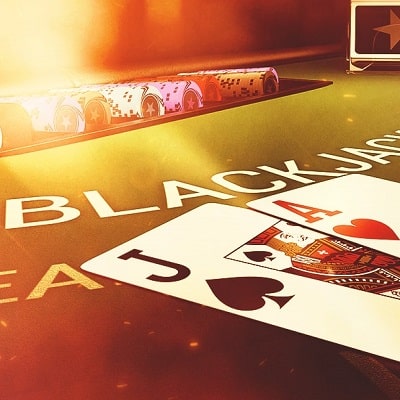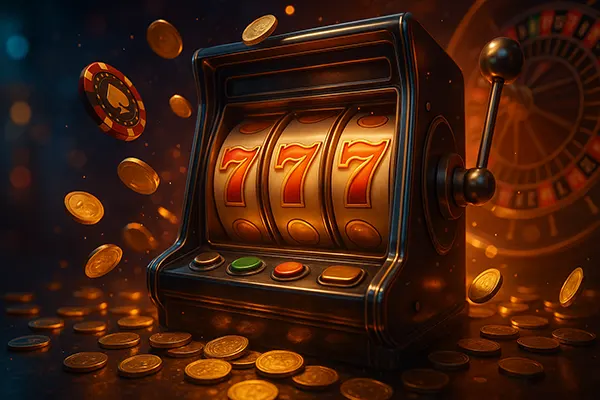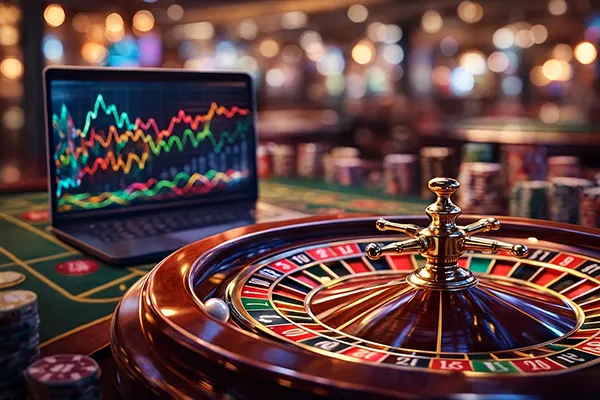Debunking Blackjack Superstitions

Blackjack, one of the most popular casino games globally, has its fair share of misconceptions. Despite its relatively simple rules, many myths persist that can mislead players and skew their strategies. Let’s uncover the truth behind five common blackjack myths.
The Goal is to Get as Close to 21 as Possible
The primary objective of blackjack is often misunderstood. While getting a total close to 21 can be beneficial, the ultimate goal is to beat the dealer. This could mean having a hand totaling less than 21 if the dealer’s hand exceeds this number.
Taking Insurance is a Safe Bet
While taking insurance might seem like a safety net when the dealer shows an Ace, it is statistically a losing bet in the long run. With only a 30.8% probability that the dealer has a 10-value card, insurance is often a wager that will diminish your bankroll over time.
Card Counting is Illegal
Contrary to popular belief, card counting is not illegal. It’s a strategy that requires a sharp memory and mental agility. Although frowned upon by casino Fenikss, it’s not against the law, nor is it cheating.
Bad Players at the Table Hurt Your Chances
Many players believe that inexperienced or ‘bad’ players at the table can negatively affect their game. In reality, how others play their hands has no statistical impact on your chances of winning or losing. Remember, your real opponent is the dealer, not other players.

You Should Always Assume the Dealer’s Hole Card is a 10
While there are more 10-value cards in a deck than any other value, assuming the dealer’s hole card is a 10 is an oversimplification of strategy. This mindset can lead to overly cautious play, missing opportunities for more optimal moves.
Play with Knowledge, Not Misconceptions
Understanding the truth behind these myths can significantly impact your blackjack experience, replacing misconceptions with strategic thinking. Remember, every hand dealt is an opportunity to learn more about this fascinating game. Don’t let myths cloud your judgment, but instead focus on the facts to enjoy a rewarding and engaging blackjack journey.



